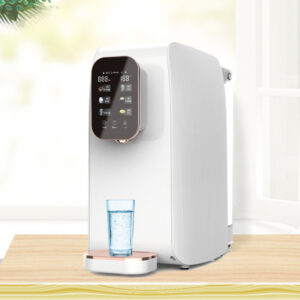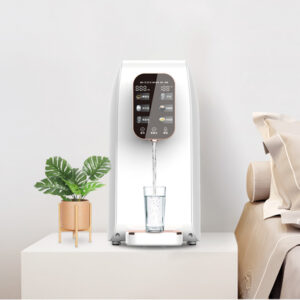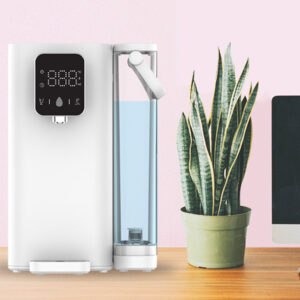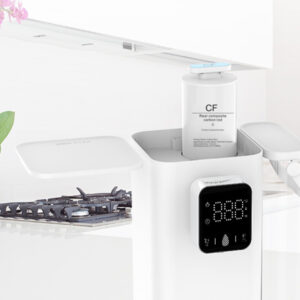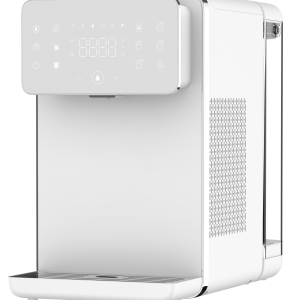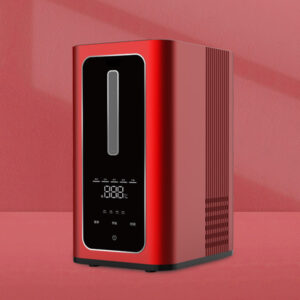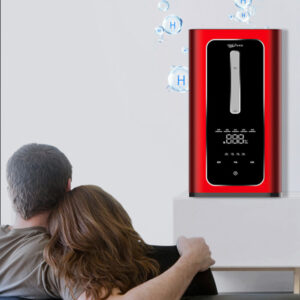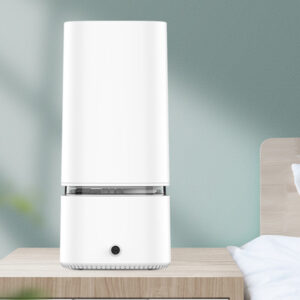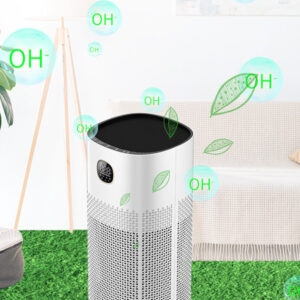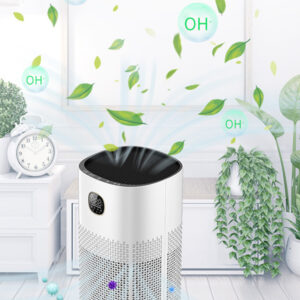How to Make Hydrogen Water Machine
Creating a hydrogen water machine involves a combination of science, technology, and engineering to produce a device that infuses water with molecular hydrogen. Hydrogen water, believed to have potential health benefits, is water that contains dissolved molecular hydrogen (H2) gas. It’s claimed to possess antioxidant properties and may help in reducing oxidative stress. While there are various commercially available hydrogen water machines, creating one from scratch can be a complex task. In this article, we’ll outline the general principles and steps involved in making a hydrogen water machine.
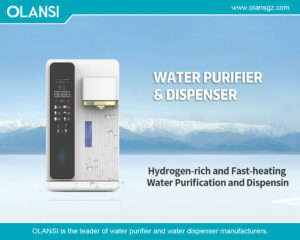
Understanding The Basics
Hydrogen water machines typically work by electrolyzing water to produce hydrogen gas and infusing it into the water. Electrolysis involves using an electric current to separate water into its constituent elements: hydrogen and oxygen. The hydrogen gas generated is then dissolved in water, creating hydrogen-rich water.
Components Needed to Make Hydrogen Water Machine Electrolysis Chamber
The heart of the hydrogen water machine is the electrolysis chamber. It is a sealed container where the water electrolysis process occurs. It consists of electrodes, typically made of platinum or other conductive materials, and a membrane to separate the hydrogen and oxygen gases.
Power Supply
A power supply is needed to provide the electric current necessary for the electrolysis process. The power supply should be able to deliver the required voltage and current to the electrodes for efficient electrolysis.
Water Reservoir
A water reservoir or tank is needed to hold the water that will undergo electrolysis. It should be made of materials that are safe for holding water and compatible with the electrolysis process.
Gas Diffuser
A gas diffuser is used to dissolve the hydrogen gas generated during electrolysis into the water. It helps ensure that the hydrogen is evenly distributed and dissolved in the water to create hydrogen-rich water.
Control System
A control system is necessary to regulate the electrolysis process, monitor parameters such as hydrogen concentration, and ensure the machine operates safely and efficiently.
Steps to Build a Hydrogen Water Machine Design and Planning
Start by designing the layout and structure of the hydrogen water machine. Decide on the size, shape, and arrangement of components within the machine. Consider safety measures and efficiency during the design phase.
Assemble the Electrolysis Chamber
Construct the electrolysis chamber according to the designed specifications. Place the electrodes and membrane inside the chamber, ensuring they are securely positioned.
Build the Water Reservoir
Construct a water reservoir that can hold the desired amount of water for electrolysis. Ensure it is airtight and compatible with the electrolysis process.
Connect the Power Supply
Connect the power supply to the electrodes in the electrolysis chamber. Ensure the power supply is appropriately calibrated to achieve efficient electrolysis.
Integrate the Gas Diffuser
Install a gas diffuser in the water reservoir to facilitate the even distribution and dissolution of hydrogen gas into the water.
Implement the Control System
Integrate a control system that monitors and regulates the electrolysis process. The control system should allow you to control the duration and intensity of electrolysis.
Test and Optimize
Conduct tests to ensure the hydrogen water machine operates as intended. Optimize the parameters, such as electrolysis time and hydrogen concentration, to achieve the desired hydrogen-rich water output.
Safety and Compliance
Prioritize safety by ensuring the machine complies with relevant safety standards and guidelines. Incorporate safety features to protect users and prevent accidents.
Fine-Tuning and Refinement
Continuously fine-tune and refine the machine to improve its efficiency, performance, and user-friendliness. Gather feedback and make necessary adjustments based on user experiences.
Some Pitfalls To Avoid When Making Hydrogen Water Machine
Building a hydrogen water machine can be a complex task, and there are several potential mistakes that you should avoid to ensure the safety, efficiency, and effectiveness of your device. Here are some common mistakes to steer clear of when making a hydrogen water machine:
Inadequate Safety Precautions
Safety should be your top priority. Failing to take proper safety measures can lead to accidents, such as electric shocks or the release of uncontrolled hydrogen gas. Always use appropriate safety gear and follow best practices for handling electrical components and gases.
Choosing the Wrong Materials
Selecting the wrong materials for your electrolysis chamber or water reservoir can result in contamination of the water or damage to the machine. Ensure that all materials are compatible with the electrolysis process and safe for holding water.
Inaccurate Electrode Placement
Proper electrode placement is crucial for efficient electrolysis. Incorrect placement can lead to uneven gas production, reduced hydrogen concentration, and potential damage to the electrolysis chamber.
Inadequate Gas Diffusion
If the gas diffuser is not designed and placed correctly, it can lead to insufficient diffusion of hydrogen gas into the water. This can result in lower hydrogen concentration in the produced water.
Overlooking Water Purity
The quality of water used in the machine is crucial. Using impure or contaminated water can impact the quality of the hydrogen-rich water. Ensure that you use distilled or deionized water to minimize impurities.
Ignoring Electrical Safety
Electricity is involved in the electrolysis process. Failing to follow electrical safety protocols can lead to electrical hazards. Use properly insulated components, avoid exposed wires, and ensure that all electrical connections are secure.
Inaccurate Control System
The control system is essential for regulating the electrolysis process. An inaccurate or poorly designed control system can result in overproduction or underproduction of hydrogen gas, affecting the quality of the hydrogen water.
Lack of Testing and Calibration
Skipping the testing and calibration phase can lead to inefficiencies in your machine. Regularly test and calibrate the machine to ensure it is producing hydrogen-rich water at the desired concentration.
Neglecting Regular Maintenance
Like any other machine, a hydrogen water machine requires regular maintenance. Neglecting maintenance can result in wear and tear, reduced efficiency, and potential breakdowns.
Disregarding Safety Standards
Building a hydrogen water machine without adhering to safety standards and guidelines can pose serious risks. Ensure that your machine complies with safety regulations and standards, especially if it’s intended for commercial use.
Final Thoughts
Creating a hydrogen water machine requires a solid understanding of electrochemistry, materials science, and engineering principles. It’s essential to follow safety protocols and design the machine for efficient hydrogen production and dispersion in water. If you’re not well-versed in these fields, seeking assistance from experts or considering commercially available hydrogen water machines might be a more feasible option.



